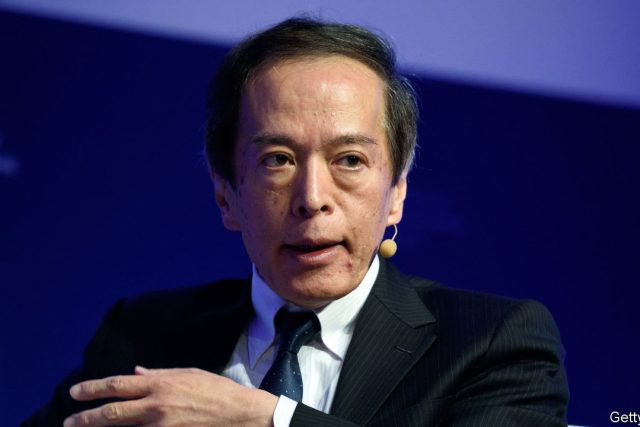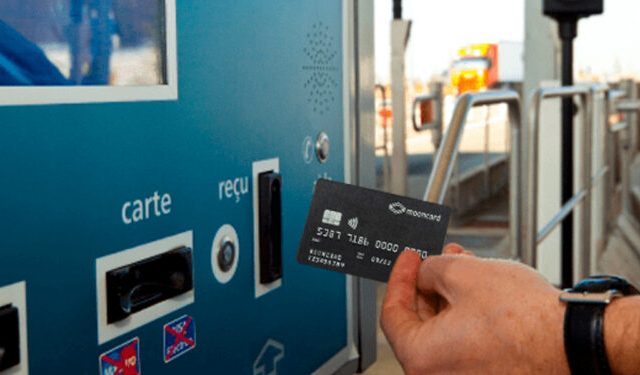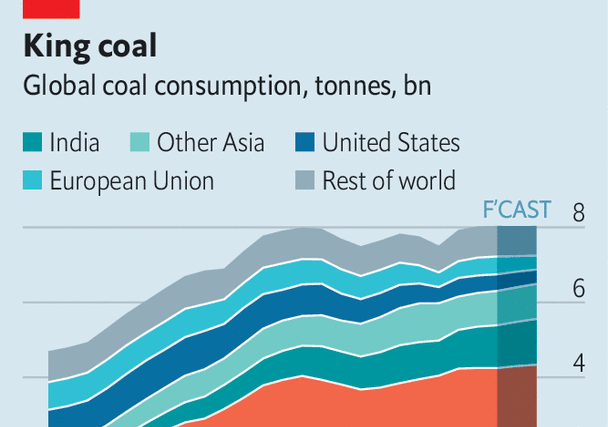The memoirs of central-bank officials are rarely bestsellers. Ueda Kazuo’s book, “Fighting Zero Interest Rates”, about his time on the Bank of Japan’s policy board, certainly wasn’t when it was published in 2005. But it began to fly off the shelves after Mr Ueda became the surprise choice to run the boj when the term of the current governor, Kuroda Haruhiko, ends in April. Mr Ueda’s book is now sold out on Amazon Japan and other big booksellers.
The rush to parse Mr Ueda’s views reflects the unexpected nature of his selection, which the government presented to parliament on February 14th. Investors had expected Amamiya Masayoshi, a deputy governor, to be picked and to continue with Mr Kuroda’s doveish approach, which is under severe strain. If approved, as seems certain, Mr Ueda will become the first academic economist to run the bank in post-war Japan, breaking with the tradition that the governor is drawn from the boj or finance ministry. Many wondered if Mr Ueda might also represent a break with current policy. News of his selection sent the yen climbing and government-bond yields rising, as analysts scrambled to learn more. One American asset manager titled his research note simply, “Who?”
Among wonks, Mr Ueda is respected as a macroeconomic authority. Lawrence Summers, a former treasury secretary, called him “Japan’s Ben Bernanke”, noting that he and the former Federal Reserve chairman studied under the same tutor at the Massachusetts Institute of Technology: Stanley Fischer, who also taught Mario Draghi, a former president of the European Central Bank. In these circles, Mr Ueda is known as a balanced pragmatist, rather than a dogmatic hawk or dove.
On top of Mr Ueda’s academic credentials, his time on the policy board from 1998 to 2005 gives him valuable experience. This period offers clues as to how Mr Ueda may handle the top job. He is credited with bringing both theoretical rigour and imagination to debates. During a meeting in 1998, shortly after the boj gained official independence, Mr Ueda raised the idea of what has become known as quantitative easing. Later, he helped push the bank to introduce forward guidance, while adopting a zero-interest-rate policy. He also cast a rare dissenting vote against raising rates in August 2000, arguing that the costs of waiting longer to be sure of a durable recovery were smaller than those of a premature tightening. “That took a lot of guts,” says Robert Feldman of Morgan Stanley mufg Securities, an investment firm. His thinking proved prescient when Japan’s economy contracted later that year, forcing the bank to cut rates again.
The boj’s present dilemma bears some similarities to these earlier junctures. Inflation has breached 4%, a 41-year high. Yet most comes from imported food and energy prices. Under Mr Kuroda, the bank has argued that sustained wage growth is needed before changing from its doveish course. Moving too soon could throw the economy into recession or deflation. But market pressure has made the preservation of the bank’s policy of capping government-bond yields costly. Normalisation seems inevitable—and will be hard to manage. “It’s a thankless job,” notes Ulrike Schaede of the University of California, San Diego. In accepting the post, “it looks like [Mr Ueda] is taking one for the team.”
In an article last summer for Nikkei, a newspaper, Mr Ueda warned of the risks of tightening too soon. “This situation brings back memories of the boj’s interest-rate hikes in 2000 and 2006 not lasting very long,” he wrote. Yet he also called on the bank to prepare an exit strategy for when the day came, and to undertake a serious review of the impact of Mr Kuroda’s policies, noting the negative impact of the yield-curve-control framework on market functioning.
A cautious approach may clash with the need for urgency in managing financial markets. The boj’s yield cap has been under unprecedented stress in recent weeks. Maintaining the policy, originally introduced in 2016 in order to reduce the number of bonds the central bank was purchasing, has recently required extremely large purchases. The central bank’s holdings of Japanese government bonds rose by 20.7trn yen ($157bn) from December 30th to February 10th, more than twice the pace at which the officials were buying in 2016.
Despite the pressure, Mr Ueda is unlikely to move fast. Shortly after news of his selection leaked, he told reporters that he believed boj policy to be appropriate for now. Even bond traders who have been betting on further tweaks to yield-curve-control policies are likely to be disappointed. As Kataoka Goushi, an economist until recently on the boj’s policy board, predicts: “Yield-curve control will be maintained for the time being.” That suggests the central bank is in for a bumpy ride. At the very least, the next volume of Mr Ueda’s memoirs is sure to be well read. ■
For more expert analysis of the biggest stories in economics, finance and markets, sign up to Money Talks, our weekly subscriber-only newsletter.




The Most Read
Сryptocurrencies
Bitcoin and Altcoins Trading Near Make-or-Break Levels
Financial crimes
Thieves targeted crypto execs and threatened their families in wide-ranging scheme
Financial crimes
Visa Warning: Hackers Ramp Up Card Stealing Attacks At Gas Stations
News
Capitalism is having an identity crisis – but it is still the best system
Uncategorized
The 73-year-old Vietnamese refugee is responsible for bringing Sriracha to American consumers
Uncategorized
Electric Truckmaker Rivian, Backed By Amazon, Ford, Raises Whopping $1.3 Billion